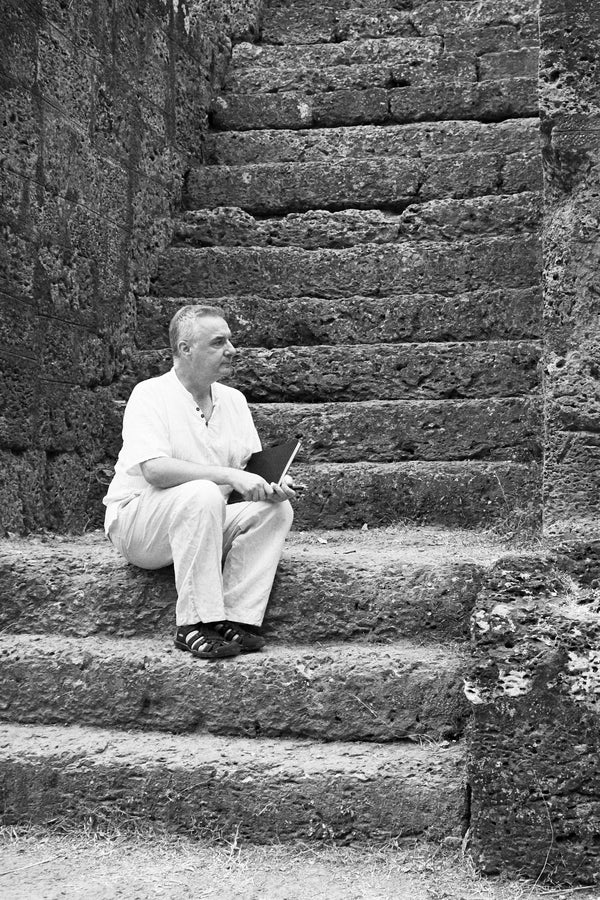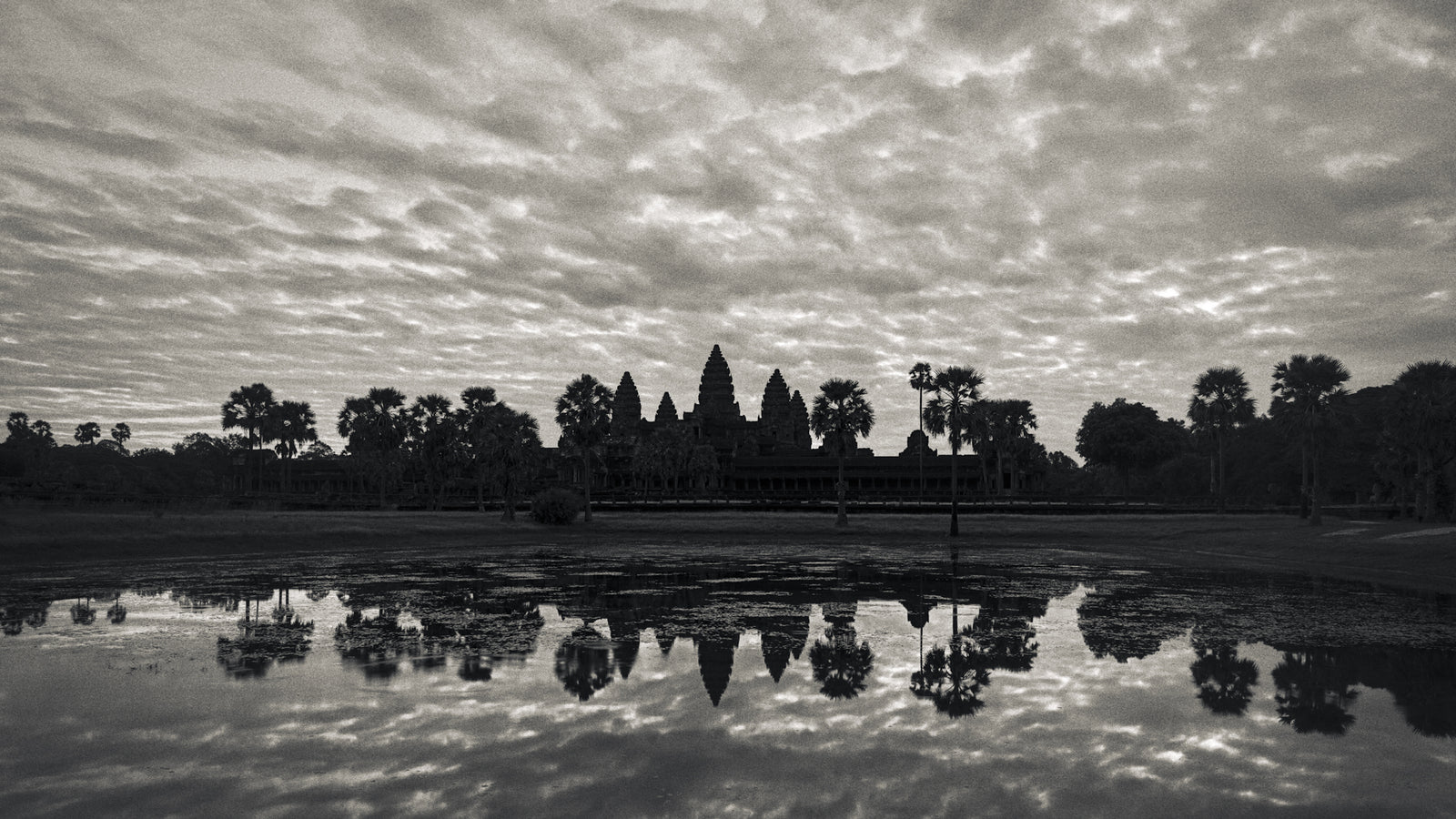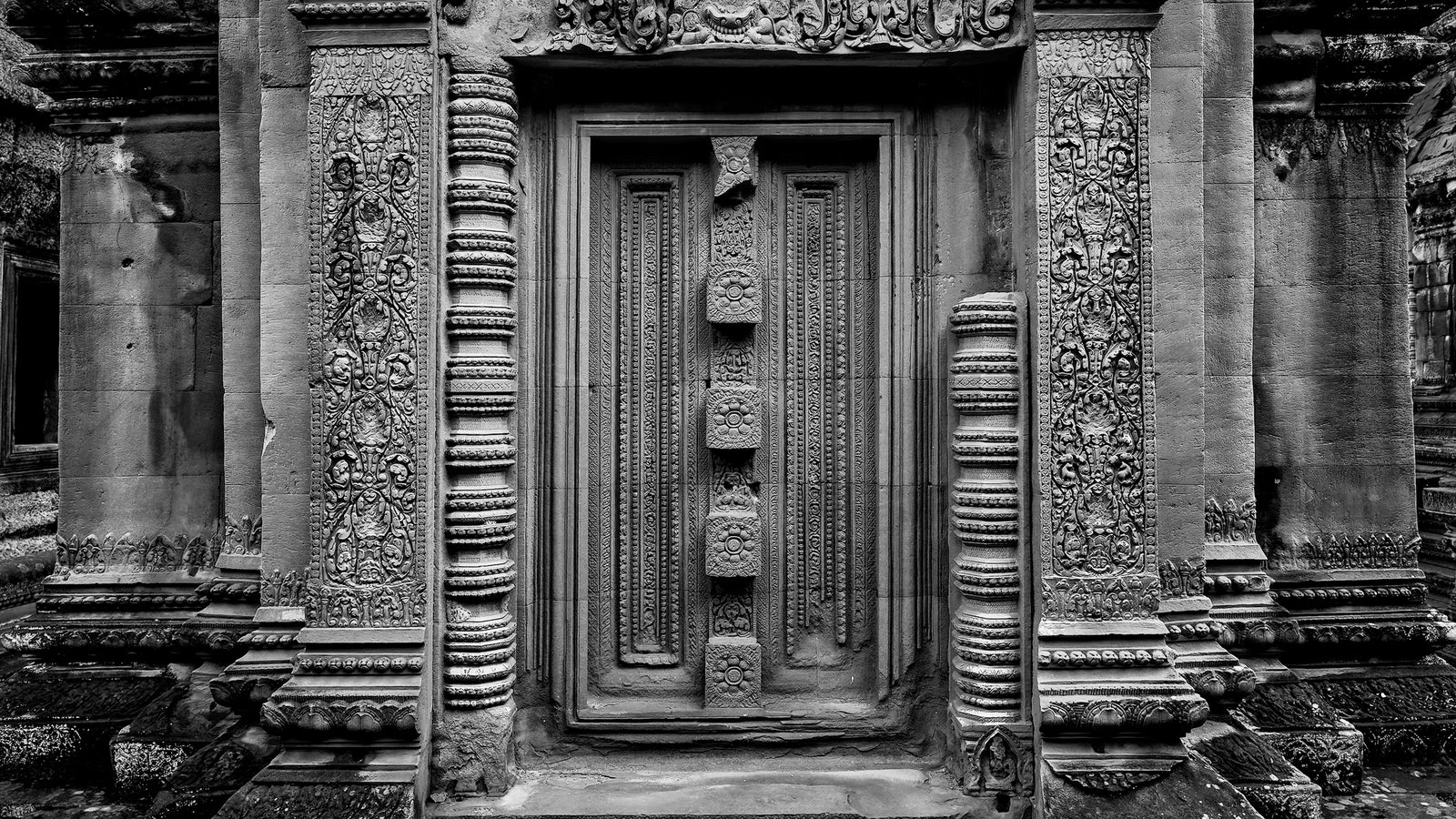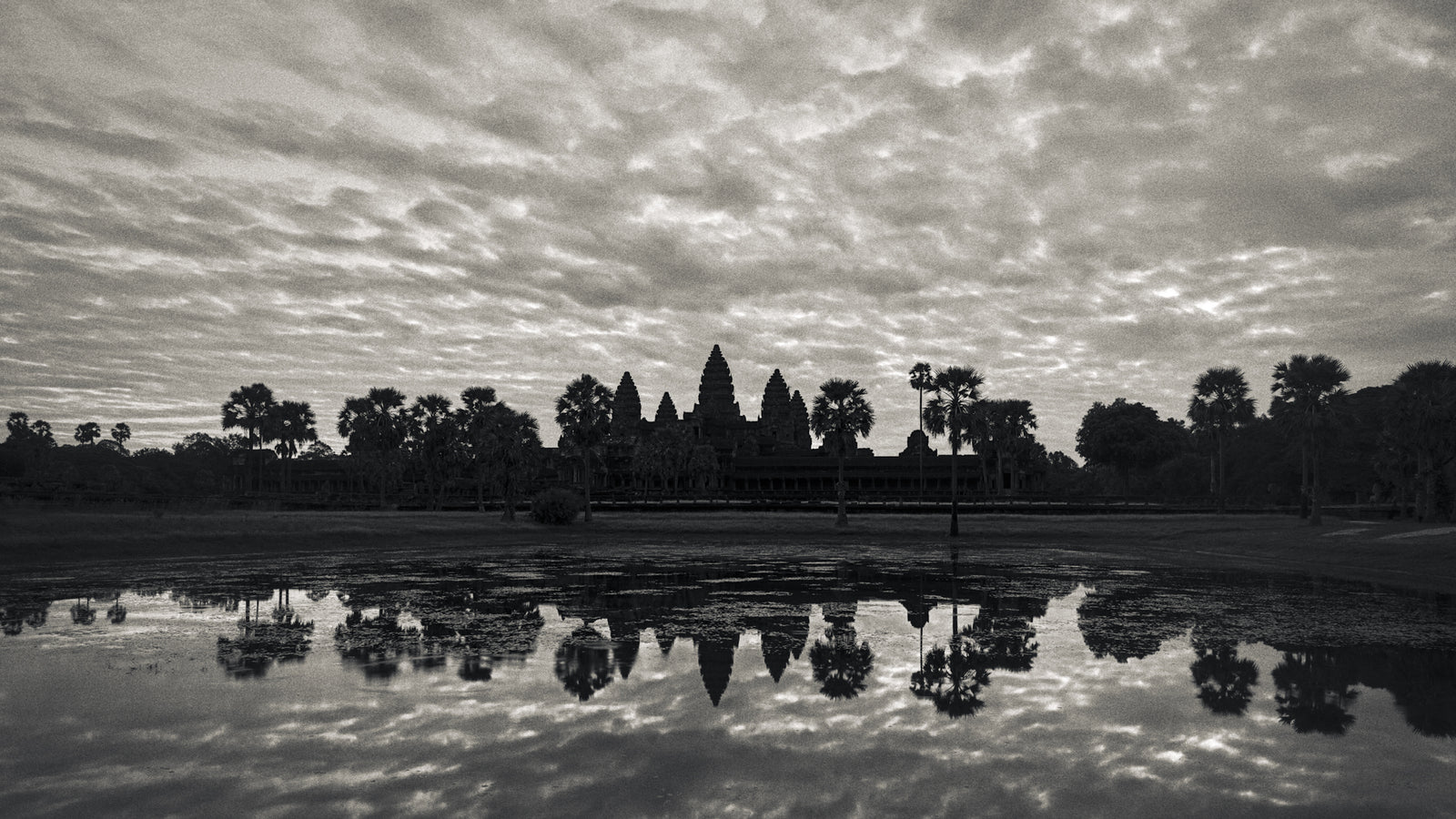Complimentary worldwide shipping on orders over $400 · No import tariffs for most countries
Complimentary worldwide shipping on orders over $400 · No import tariffs for most countries
Puranas
The Puranas are the sacred Hindu texts, including the Ramayana and Mahabharata.
The word Purana literally means "ancient, old", and it is a vast genre of Indian literature about a wide range of topics, particularly myths, legends and other traditional lore. The Puranas are known for their intricate layers of symbolism depicted within the stories.
The Puranas were compiled in the first millennium of our era with religious objectives in mind. Their epic and legendary content was never developed and expanded as it was in the Mahabharata and Ramayana
Possibly initially of kshatryia inspiration, they were later filled by the brahmins with precepts and admonitions and, at a third stage, by descriptions of pilgrimages, sacred sites and temples, all part of local cults since the Puranas had become the privileged texts of particular religious communities. Some were thus didactic tools, almost like encyclopaedias.
There are eighteen Puranas, namely:
- Brahma
- Padma
- Vishnu
- Shiva
- Bhagavata
- Narada
- Markandeya
- Agni
- Bhavisyat
- Brahmavaivarta
- Linga
- Varaha
- Skanda
- Vamana
- Kurma
- Matsya
- Garuda
- Brahmanda
Because they are distinctly sectarian, these Puranas are divided into those relating to Vishnu, those lauding Shiva (the largest but less popular group) and a third smaller group dealing with the supreme Brahman. The sectarianism is not absolute; Vaishnava Puranas contain hymns to Shiva and all Shaiva texts exalt Vishnu, evidencing a mutual respect rather than antagonism.
The Puranas include legends and dissertations on religious philosophy emphasising the importance of knowledge as well as cult practices. On the profane side, they include teachings on state administration, the rights and duties of the king, admonitions on legal, fiscal and commercial matters and the duties of the castes and of the ashramas. The Agni and Garuda Purana give indications, amongst others, on architecture, stone cutting and writing.
In the Vishnu Purana and the Harivamsa, the Vaishnava doctrines begun in the Bhagavad Gita were continued, adding a new essential element to the story of Krishna: his youth as a cowherd or Krishna Gopala. Pivotal to this was his dance with the gopis, the rasa-lila which eventually became the object of worship by many of the devotional sects. The intense love of the gopis for Krishna even after he left them, demonstrates that the human emotion of love was like a form of devotion to God. With this love, the devotees were performing bhakti, and salvation by means of devotion was now open to all humans regardless of birth, gender, or station in life. The influence of the Dravidian culture of southern India from about the 8th to the 12th centuries, and the growth of devotional bhakti led to the production of the Bhagavata Purana. Krishna is the focus of the entire tenth book where, for the first time, his sporting with gopis is highlighted. This Purana presents a fully developed doctrine of the avatars of Vishnu, expanded to twenty-two.
Also in Angkorpedia
Join My Studio Journal
Receive occasional letters from my studio in Siem Reap—offering a glimpse into my creative process, early access to new fine art prints, field notes from the temples of Angkor, exhibition announcements, and reflections on beauty, impermanence, and the spirit of place.
No noise. No clutter. Just quiet inspiration, delivered gently.
Subscribe and stay connected to the unfolding story.

Join My Studio Journal
Receive occasional letters from my studio in Siem Reap—offering a glimpse into my creative process, early access to new fine art prints, field notes from the temples of Angkor, exhibition announcements, and reflections on beauty, impermanence, and the spirit of place.
No noise. No clutter. Just quiet inspiration, delivered gently.
Subscribe and stay connected to the unfolding story.



